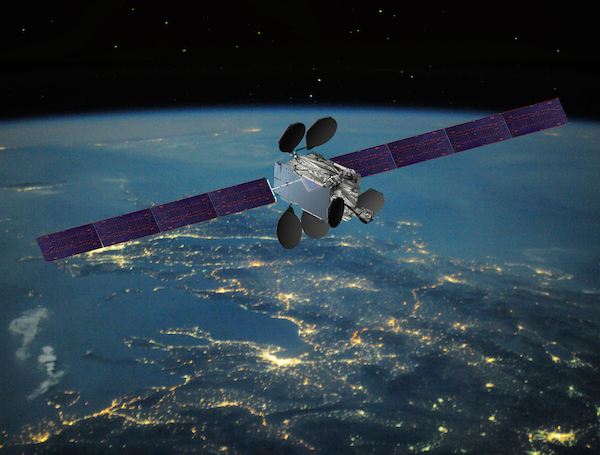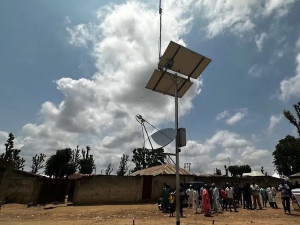The Intelsat 33e geostationary high-throughput satellite (HTS) covering Europe, Africa, the Middle East and parts of the Asia-Pacific experienced a permanent power failure on Saturday and has since broken up.
According to a statement from Intelsat, the satellite “experienced an anomaly on October 19” that resulted in loss of power, consequently cutting service to all customers.
Intelsat said in the statement that while it was working with the satellite’s manufacturer, Boeing Space Systems, to address the problem, “we believe it is unlikely that the satellite will be recoverable.”
On Sunday, in a post on X (formerly Twitter), U.S. Space Command confirmed that Intelsat 33e had broken up, and that it was “currently tracking around 20 associated pieces.”
Intelsat 33e’s payload included C-band, Ku-band and Ka-band transponders. The C-band spot beams covered Europe, Central Africa, Middle East, Central South Asia, eastern China, part of southeast Asia and Australia. A wide C-band beam covered sub-Saharan Africa.
The Ku-band spot beams covered most of Europe, Africa, the Middle East and Asia. The Ka-band transponder had a single beam covering those regions.
Intelsat said It is in contact with all affected customers as well as third-party providers to mitigate service interruptions while it looks for back-up connectivity options within its satellite fleet.
Intelsat 33e – which occupied the 60 degrees East orbital slot – was launched in August 2016, but didn’t enter service until January 2017 due to a problem with its primary thruster. The satellite was designed with a lifespan of 15 years, but that was reduced by 3.5 years after another propulsion problem occurred during orbit tests.
Intelsat 33e was the second of Intelsat’s EpicNG HTS satellites to be launched following Intelsat 29e, which was launched in January 2016. Intelsat 29e lasted a little over three years before developing a fuel leak, which eventually resulted in total loss of the satellite in April 2019.

































